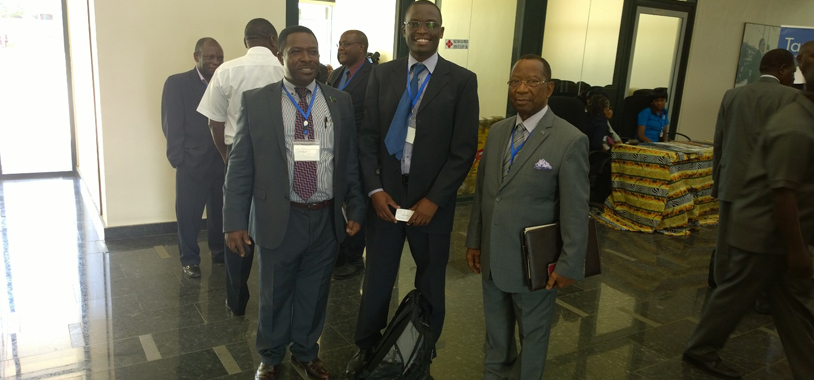The regional summit to stop wildlife crime and advance wildlife conservation was held in Arusha, Tanzania between 6th and 8th November 2014. Under the patronage of the Minister for natural resources and tourism, Hon. Lazaro Nyalandu, the summit was facilitated by the ICCF Group at the request of the host country, Tanzania. The delegation to the summit included relevant ministers, members of parliament, and directors of wildlife agencies from Burundi, Democratic Republic of Congo, Kenya, Malawi, Mozambique, Rwanda, South Sudan, Tanzania, Uganda, Zambia, and Zimbabwe. Development partner nations including Belgium, China, the European Union, France, Germany, Spain, Sweden, the United Kingdom, and the United States, were also represented. Major multilateral institutions participated, including United Nations Resident Coordinators for Tanzania, Mozambique, and Burundi, as well as senior representatives from the Global Environment Facility, the World Bank, and the African Development Bank. Senior representatives from global non-governmental organizations, such as the African Wildlife Foundation, African Parks, The Nature Conservancy, Frankfurt Zoological Society, Save the Elephants, Wildlife Conservation Society, and World Wildlife Fund, among others, also participated and gave insight from on-the-ground conservation projects in the region.
This regional summit was progressive in two ways: Firstly, the summit did not only come up with Arusha declaration on ways to continue the fight against wildlife/environmental crime by strengthening cross-border collaboration, but also, very importantly it set measurable goals particularly on elephant and rhino numbers. This was a clear recognition of the need to begin giving equal attention to stopping environmental crime as well as building healthy wildlife populations. This latter emphasis of a healthy population for regional tourism development was contained in what was dubbed the Arusha Challenge that was proposed by Tanzania. It encourages countries around the region to establish wildlife population goals and periodically report on progress. Tanzania set a target of 100,000 elephants, 500 rhinoceros, and 10,000 lions by 2025, and called on other nations to set goals by March of 2015. Secondly, this summit emphasised the need for strengthened collaboration between East African Community (EAC) and Southern African Development Community (SADC) countries. This will be a critical component to any effective response to wildlife/environmental crimes, and to any forward-looking initiative to advance conservation in the region.
The Arusha Declaration was presented at the close of the summit and contains comprehensive set of cohesive actions for combating wildlife/environmental crime and advancing conservation among EAC and SADC countries. Click here to read the full declaration. The declaration was immediately signed by Burundi, Kenya, Mozambique, South Sudan, and Tanzania while Malawi, Uganda, and Zambia are currently in the process of signing. Important bilateral agreements were also set in motion with tight timelines for signing, including: Tanzania and Mozambique: Coordinated conservation and management of the Selous-Niassa Ecosystem; Tanzania and Zambia: Coordinated conservation and management of the Miombo/Mopane eco-region; Tanzania and Kenya: Coordinated conservation and management of cross-border ecosystems and migratory wildlife.
Save the Elephants advanced its organizational objectives and fostered relationships with partners working within the region with the aim of supporting a cohesive EAC and SADC countries in the implementation of the Arusha declaration and the Arusha Challenge.

Hon. Dr. Sira Ubwa Mamboya, the Minister for Natural resources and agriculture of Zanzibar in discussions with Dr Benson Okita-Ouma of Save the Elephants at the Arusha Summit

Hon. Eng. Athuman Mfutakamba, member of parliament of Tanzania, Dr. Benson Okita Ouma of Save the Elephants and Ambassador J. P. Juma-Alfani Mpango of Democratic Republic of Congo. Hon Athuman has since been formally in contact with Save the Elephants on collaborative education and awareness seminar for his colleague members of parliament.

